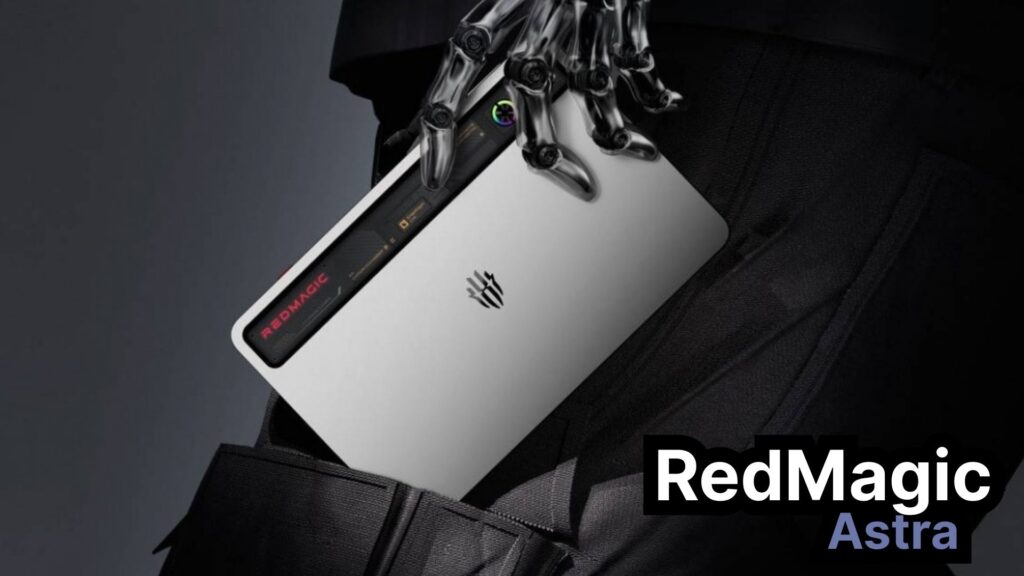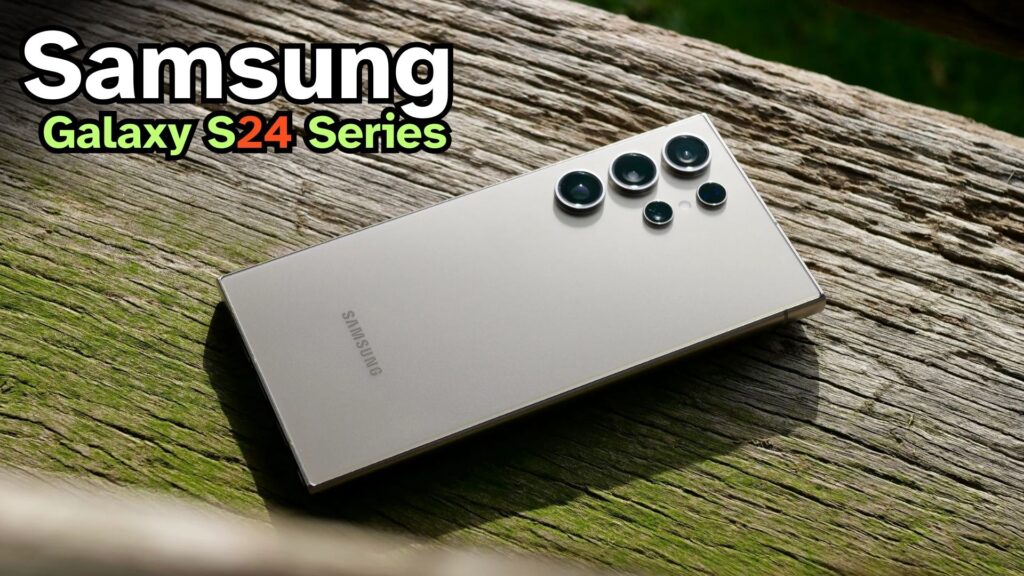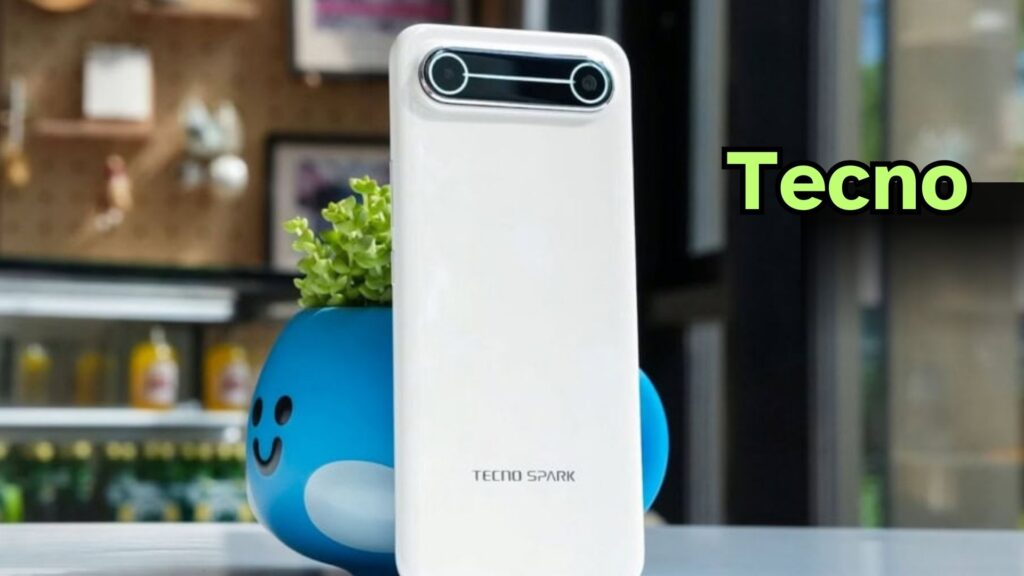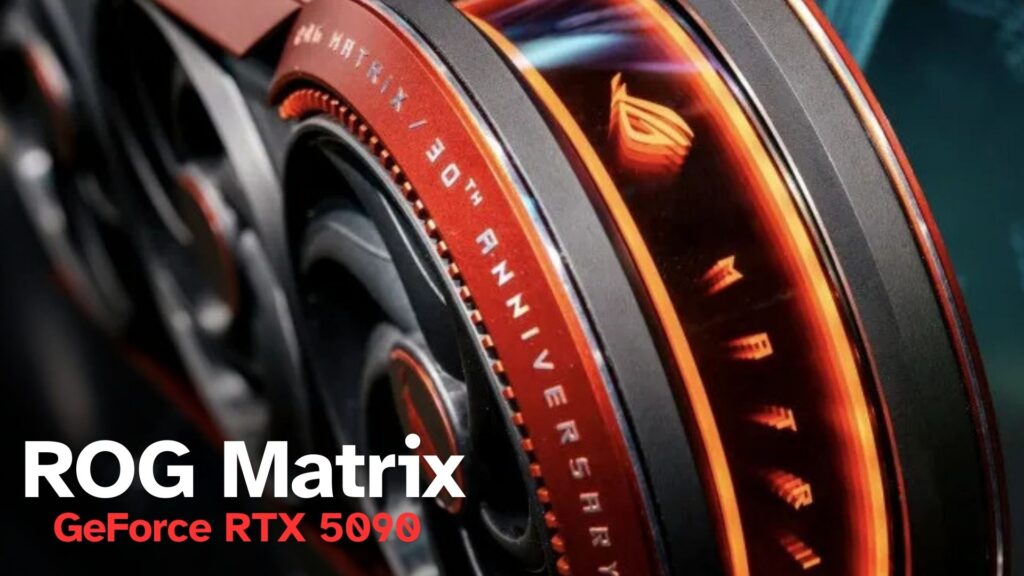Over the years, Google’s Pixel line has been regarded as a clean, software-first experience for Android users. However, many Pixel owners are now reporting a troubling issue: bricked devices that cannot be revived by conventional recovery methods. This wave of failures appears to be affecting Pixel 6, Pixel 7, and Pixel 8 models, raising concerns among users, repair shops, and developers alike.
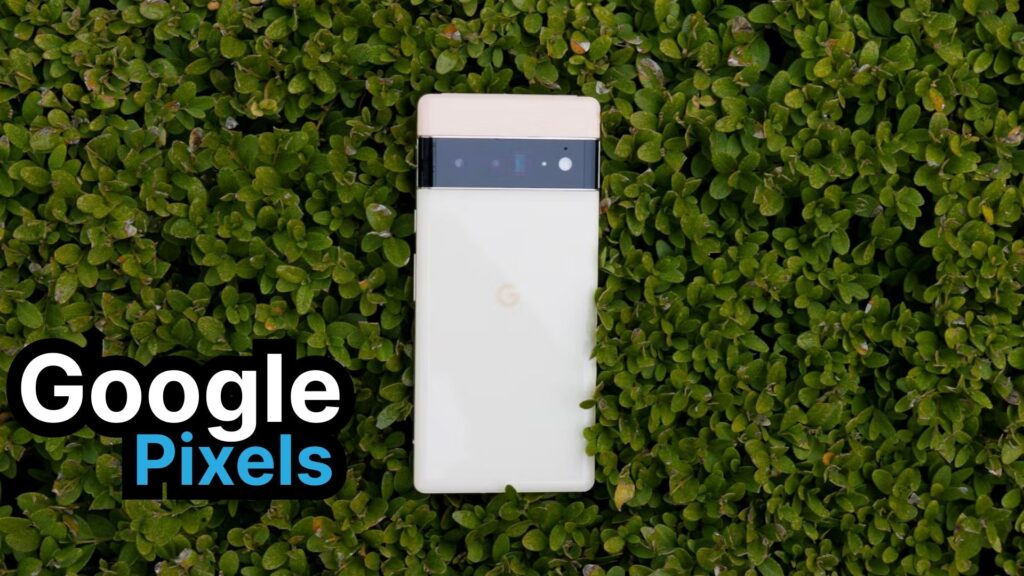
Community posts and repair specialists suggest that the issue is tied to both advanced tinkering and official updates. Even more troubling, Google has so far declined to provide the recovery bootloader files that could potentially restore functionality.
What Users Are Experiencing
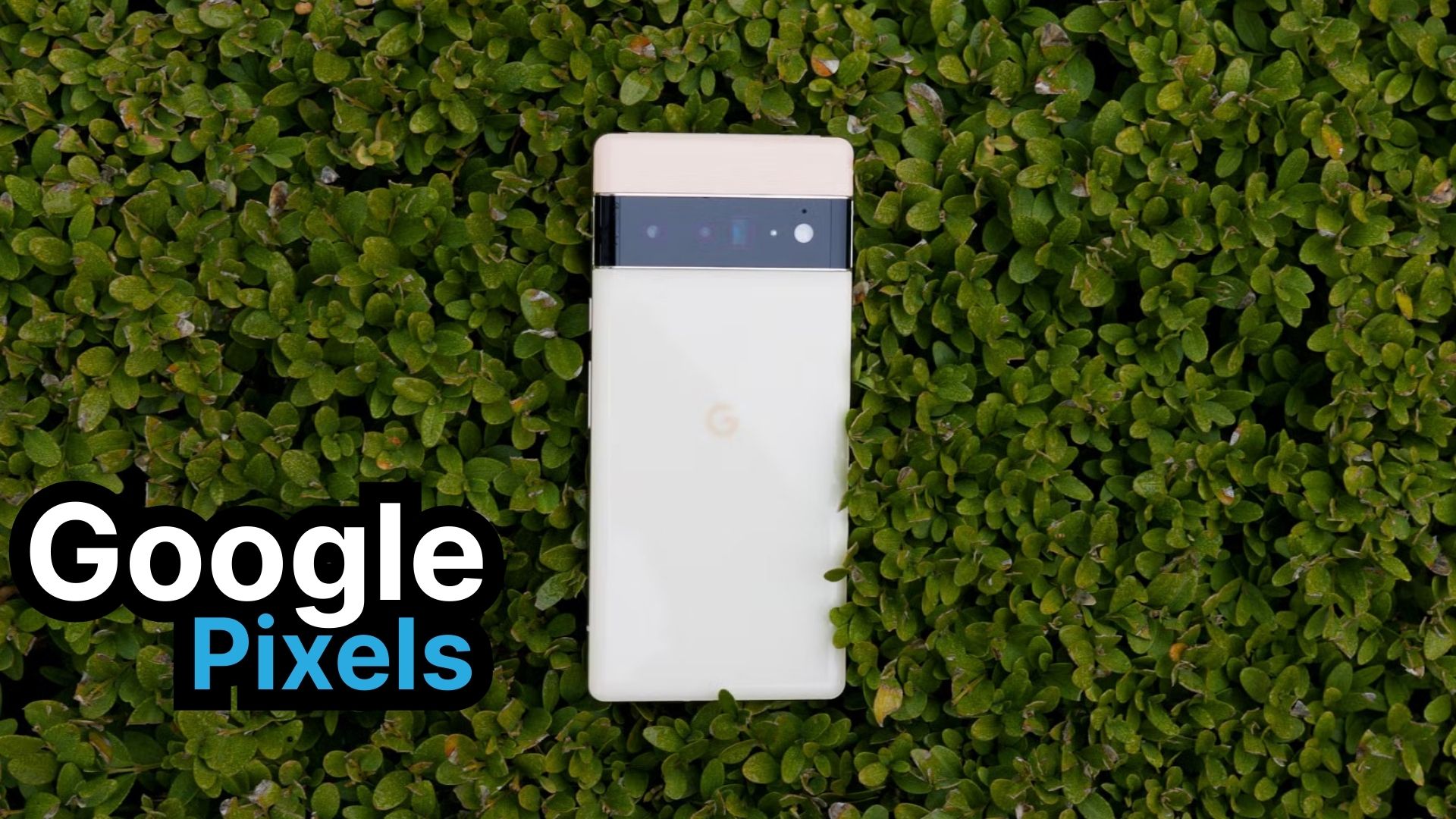
A Reddit user, posting under the name Special-Lecture7984, claimed to have personally encountered dozens of bricked Pixel phones at their repair center in Russia. They added that over 100 more have been reported through partner stores. According to their account, the devices most commonly involved are from the Pixel 6, 7, and 8 families.
The situations described include phones that refuse to power on, devices that freeze and then fail to boot, and others that show only minimal signs of life when connected to a computer. In some cases, users reported that their Pixel would briefly attempt to start before entering what appeared to be a permanent non-bootable state.
Summary Table
Aspect |
Details |
|---|---|
Affected Devices |
Pixel 6, Pixel 7, Pixel 8 series |
Reported Causes |
Slot switching, ROM flashing, OS downgrades, June 2025 update |
Main Issue |
Devices become permanently bricked, unresponsive to recovery |
Google’s Stance |
Refusing to release recovery bootloader images for “security reasons” |
Community Arguments |
Recovery bootloaders pose no new risks and could restore bricked phones |
Technical Mitigation |
Flash OTA twice to update both A/B slots |
Official Resource |
The Reported Triggers
Community members have highlighted four primary actions that appear to lead to devices becoming bricked:
-
Switching system slots – Pixels use an A/B partition system for seamless updates. Improper handling of this process has led to failures.
-
Flashing third-party ROMs – Users experimenting with custom Android ROMs have reported devices becoming unresponsive.
-
Downgrading the operating system – Rolling back to older software builds conflicts with Google’s anti-rollback protection.
-
June 2025 update installation – Some users experienced bricking immediately after installing Google’s official June 2025 update.
The last cause is particularly concerning, as it means that even non-technical users who simply installed the official update may find their devices unusable.
Why Recovery Is Difficult
The Pixel’s boot process includes safeguards meant to protect users from security risks and malicious modifications. One such protection is anti-rollback, which prevents devices from loading an older bootloader after an update.
Normally, when something goes wrong, users could rely on recovery bootloader images to restore a working state. However, Google has reportedly refused to provide these recovery bootloaders to the public, citing security concerns. Without these files, repair centers and advanced users are left without an official method to unbrick affected devices.
Community members have pushed back against Google’s explanation. According to experienced developers, recovery bootloaders are nearly identical to standard bootloaders, with the main difference being their signature. As a result, critics argue that releasing these files would not expose new security vulnerabilities but would instead allow thousands of users to revive their phones.
The Role of Anti-Rollback
In May 2025, Google introduced bootloader updates that incremented the anti-rollback counter. This means that once a phone is updated, it cannot revert to a bootloader from an earlier build. If only one partition slot is updated and the device attempts to boot from the other, it may end up permanently stuck.
Community developers on forums such as XDA have advised flashing the official OTA update twice to ensure both slots receive the new bootloader. This step reduces the risk of bricking but requires technical knowledge and does not help those whose devices are already unresponsive.
Community Reactions
Online discussions reflect deep frustration among Pixel users. Many note that they purchased these devices for their clean Android experience and long update support, only to find them permanently disabled by what should have been routine software maintenance.
One Reddit user described their Pixel 7’s decline: the phone slowed significantly after the June 2025 update, froze, and then powered down permanently. Key combinations failed to bring it back, and a connected computer only recognized it as an unknown USB device.
Others shared nearly identical experiences with Pixel 8 and Pixel 8 Pro units. Collectively, the accounts suggest that the problem is widespread rather than isolated.
Google’s Position
As of this writing, Google has not provided public recovery tools or confirmed whether it will release recovery bootloader images in the future. Technology outlets that reached out to the company for comment have reported no substantive response.
For now, Pixel owners dealing with bricked devices may be forced to seek out professional repair services, which can be expensive and may not always succeed without access to official recovery files.
Frequently Asked Questions
Q1. Which Pixel models are most affected?
A. The Pixel 6 series, Pixel 7 range, and Pixel 8 family are the most frequently reported.
Q2. Can ordinary users experience this problem?
A. Yes. While many cases involve advanced actions like slot switching or flashing, some users report bricking after simply installing the June 2025 update.
Q3. Why won’t Google release recovery bootloader images?
A. Google has cited “security reasons,” though many experts argue the files would not expose new vulnerabilities.
Q4. Is there a way to avoid the issue?
A. Advanced users recommend flashing official OTA updates twice so both slots update fully. However, this is not guaranteed and carries risks.
Q5. Where can official images be downloaded?
A. Google provides factory images and OTA packages on its official developer site. These do not include the recovery bootloaders currently being requested by the community.
For More Information Click HERE
